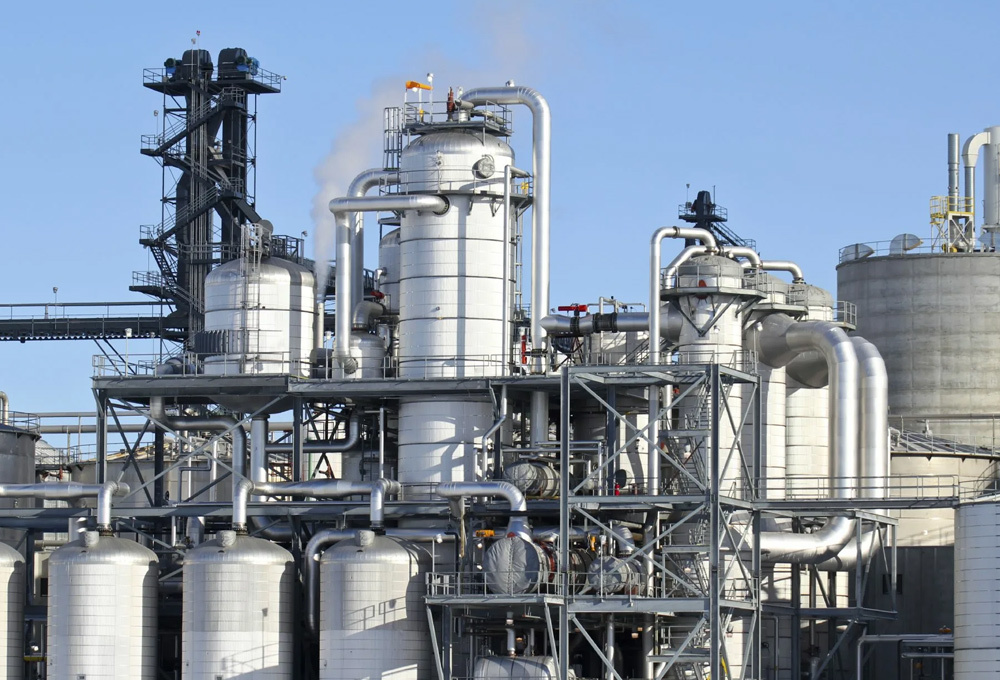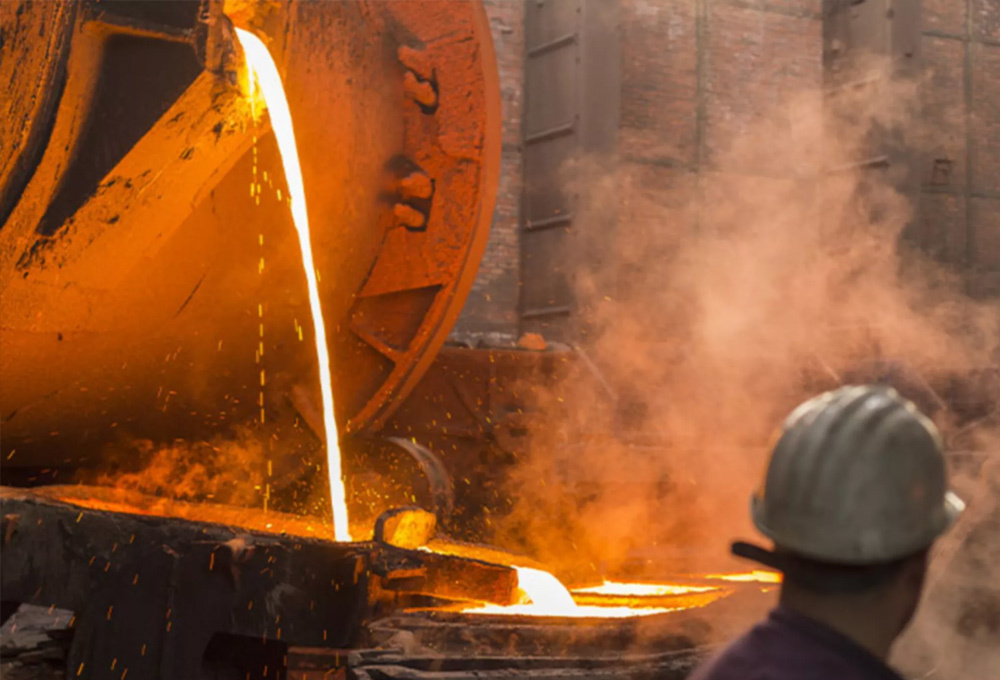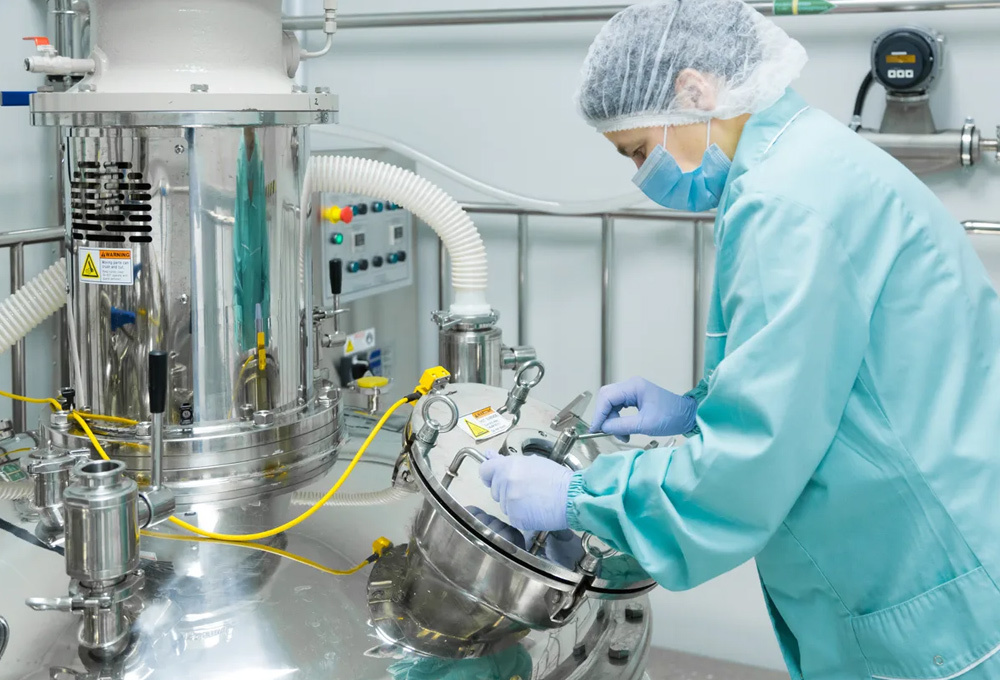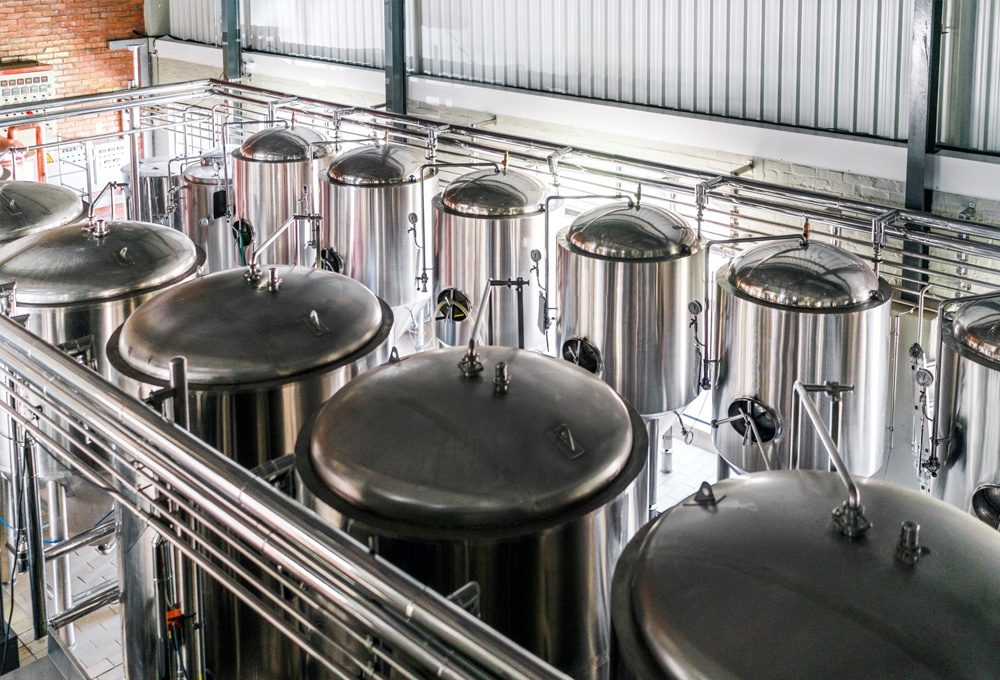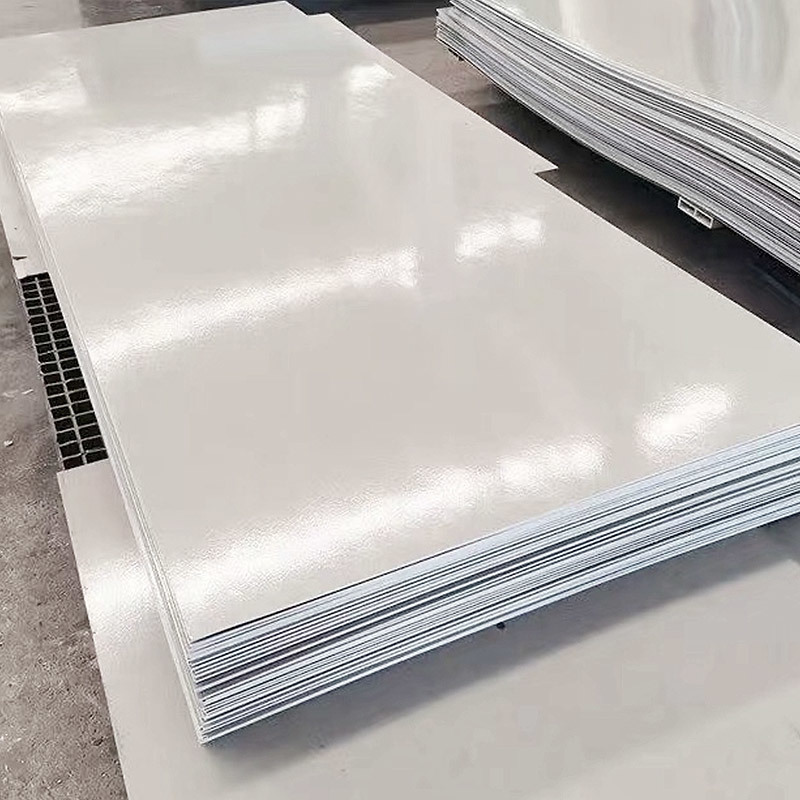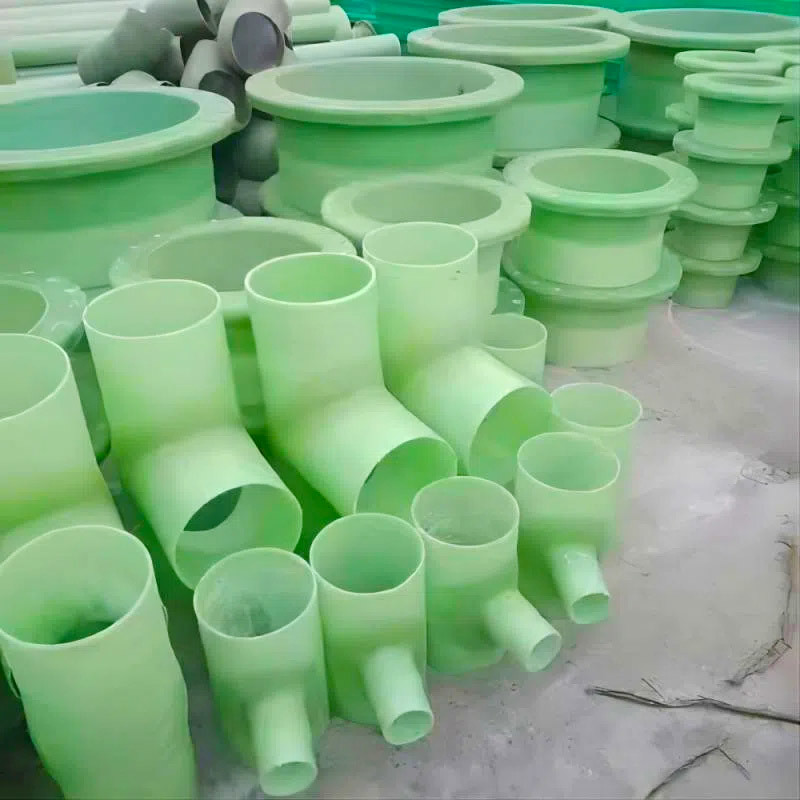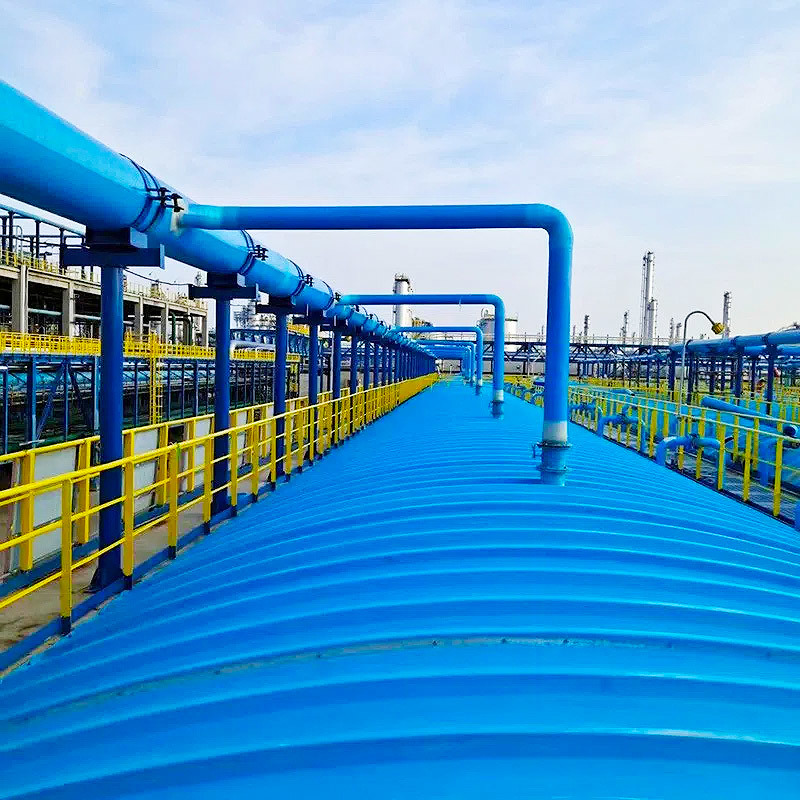Product
FRP spray tower
- Description
-
1. Structure and Characteristics
1. Tower Body: Made of fiberglass, sturdy and durable, corrosion-resistant.
2. Spraying System: Uses high-efficiency nozzles to ensure even distribution of liquid, improving processing efficiency.
3. Packing Layer: Specially designed to increase contact area, facilitating gas-liquid reactions.
4. Inlet and Outlet: Reasonably designed to ensure smooth gas flow and reduce resistance.
2. Working Principle
The fiberglass spray tower sprays liquid into the tower through the spraying system, and waste gas enters through the tower body, fully contacting the sprayed liquid. In the packing layer, the gas-liquid reaction time increases, harmful substances are absorbed or neutralized by the liquid, thus achieving the purpose of purifying waste gas.
3. Performance Advantages
1. High Efficiency Purification: Effectively removes harmful substances from waste gas, meeting environmental protection standards.
2. Corrosion Resistance: Fiberglass material has good corrosion resistance, suitable for various acidic and alkaline waste gases.
3. Easy Maintenance: Simple structure, low maintenance costs.
4. Stable Operation: Reasonably designed spraying system, stable operation, long lifespan.
4. Applications
Fiberglass spray towers are widely used in waste gas treatment in industries such as chemical, pharmaceutical, metallurgy, and dyeing. Different specifications and models of spray towers can be customized according to specific needs to meet various waste gas treatment requirements.
5. Precautions
1. Ensure a level foundation during installation to prevent deformation of the tower body.
2. Regularly check the spraying system during operation to ensure even liquid distribution.
3. Choose the appropriate absorbent liquid based on the composition of the waste gas and replace it regularly.
4. Perform regular maintenance to ensure the equipment operates normally.
In summary, the fiberglass spray tower is an efficient and stable waste gas treatment device with excellent corrosion resistance, widely used in various industrial fields. Through reasonable structural design and operational maintenance, the long-term stable operation of the equipment can be ensured, providing strong support for environmental protection and industrial production.
Key words:
Application
As a professional supplier of FRP products in China, we are committed to providing customers with high-performance, environmentally friendly and customized solutions, which are widely used in chemical, electric power, transportation, construction and other industries.
Related Recommend
Fiberglass hand-layup fittings
Fiberglass hand-laminated cover plate








